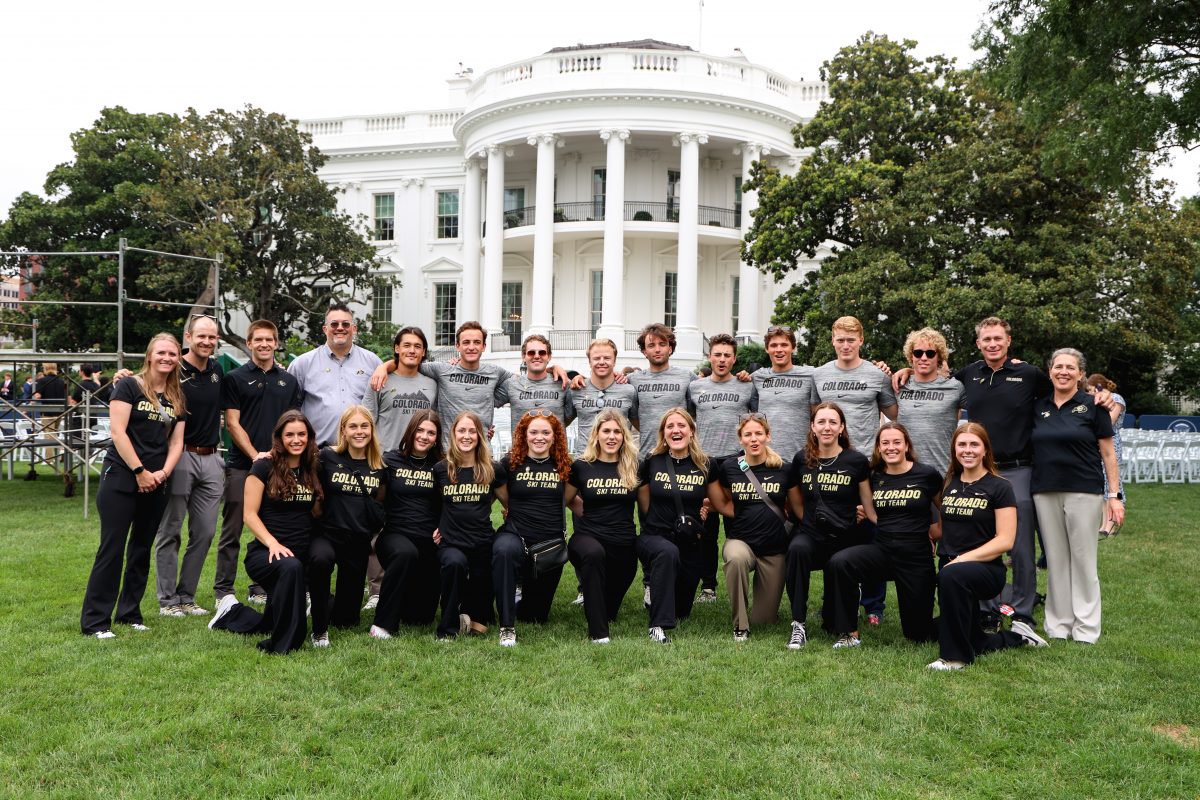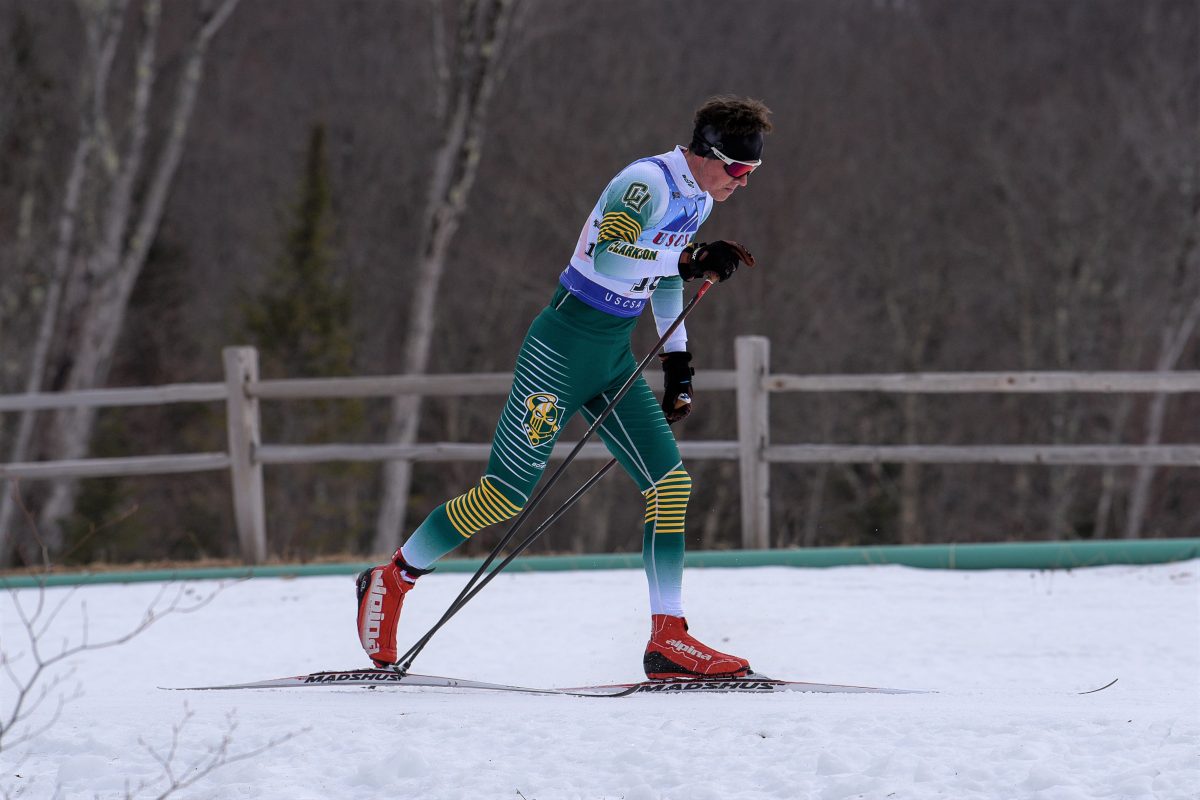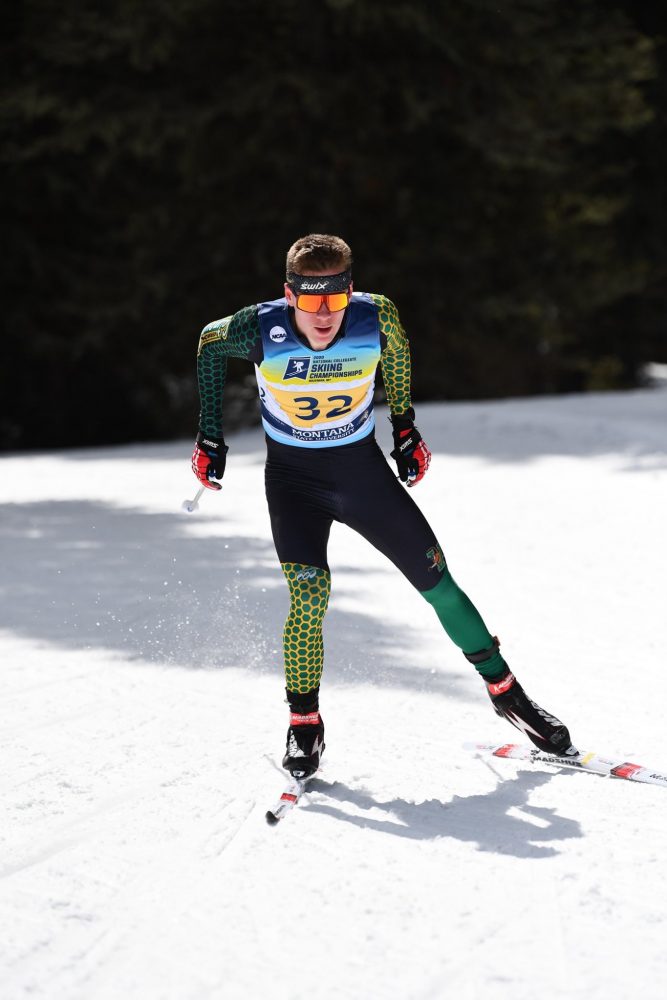Trond Nystad, the US National Team head coach says that the national team is using the same training principles as the Norwegian women’s team.
Â
How has the season preparation been going up until now?
– So far good. We have trained well here in Park City (1500-2000 meters) and at sea level. Everyone has trained well, stayed healthy and free of injuries. We have concluded after analyzing the last season’s training and travel that we need to spend a bit less time at altitude than in the past.
Therefore, the skiers have had periods where they have traveled home to sea-level. Recovery has improved and we have been able to train a bit more interval training. In general everyone has become faster and stronger. We worked well with technique in New Zealand and are seeing technical improvements as well.
What do you feel is the value of a one month on-snow ski camp in New Zealand in August?
– Our experience with that is good. The snow disappears a bit faster here in the US in the spring compared to Europe, giving us a less on-snow time at the end of the season compared to European skiers. The travel to New Zealand and the time change is easy and the benefits from the skiing are very good. We were able to train on-snow twice a day since we lived right next to the tracks. The altitude is very good (about 1500 meter). A snow camp also breaks up a long period with dryland training. We used lots of time on technique, which helps us focusing on the right things when rollerskiing toward the season opener.
, what is the goal ahead of the upcoming Oberstdorf, Worlds in Germany. Who are you expecting the most from?</b></p>
<p>– We have done better and better the last two seasons. We are hoping for one to two medals this year and several podium spots in the World Cup. I also hope that everyone on the team can capture World Cup points during the season. Kris Freeman and Carl Swenson have done well in the past and we are expecting good results from them again, but I hope that everyone on the team can take a step forward on the result lists. Our sprinters were good at the end of the season last year, and we are hoping that they will continue to show progress.</p>
<p><b>You are using some of the same training principles as the Norwegian women’s team, with big emphasis on periodizaton with blocks of lots of hard training. Why?</b></p>
<p>– We analyzed last years training and results and concluded that we were lacking components of speed and capacity. Training at altitude has a price — we get slower. Previously we trained one period with intensity in Park City with roughly 3 hard sessions per week for three weeks in September, but we decided that it was more efficient to do shorter, more intensive periods in order to increase capacity, speed and efficiency. These blocks (of high intensity) are mostly done at sea level in order to maximize the effect from the hard training.</p>
<p><b>What is the reason for this change? Are you cooperating with the Norwegian women’s national team coach Samdal or the researchers at the University of Trondheim?</b></p>
<p>– We are not working directly with anyone, but have talked a little with Samdal and the researchers from Trondheim in order to learn from them.</p>
<p><b>What is your experience with this way of training?</b></p>
<p>– It has worked very well so far. We are seeing clear progress. The athletes are faster and more efficient. We have not seen that anyone has become tired from these blocks. The skiers are all happy with the changes.</p>
<p><b>You are training a lot at altitude year round, are you doing hard blocks at altitude as well?</b></p>
<p>-Yes we are spending quite a bit of time at altitude, but have reduced it some this year. Some are doing their blocks at altitude, but are traveling down to 1200-1600 meters for the hard sessions. We have good experience with skiers doing it this way too.</p>
</div></div><!-- /btArticleContentInnerInner --><section class=)



